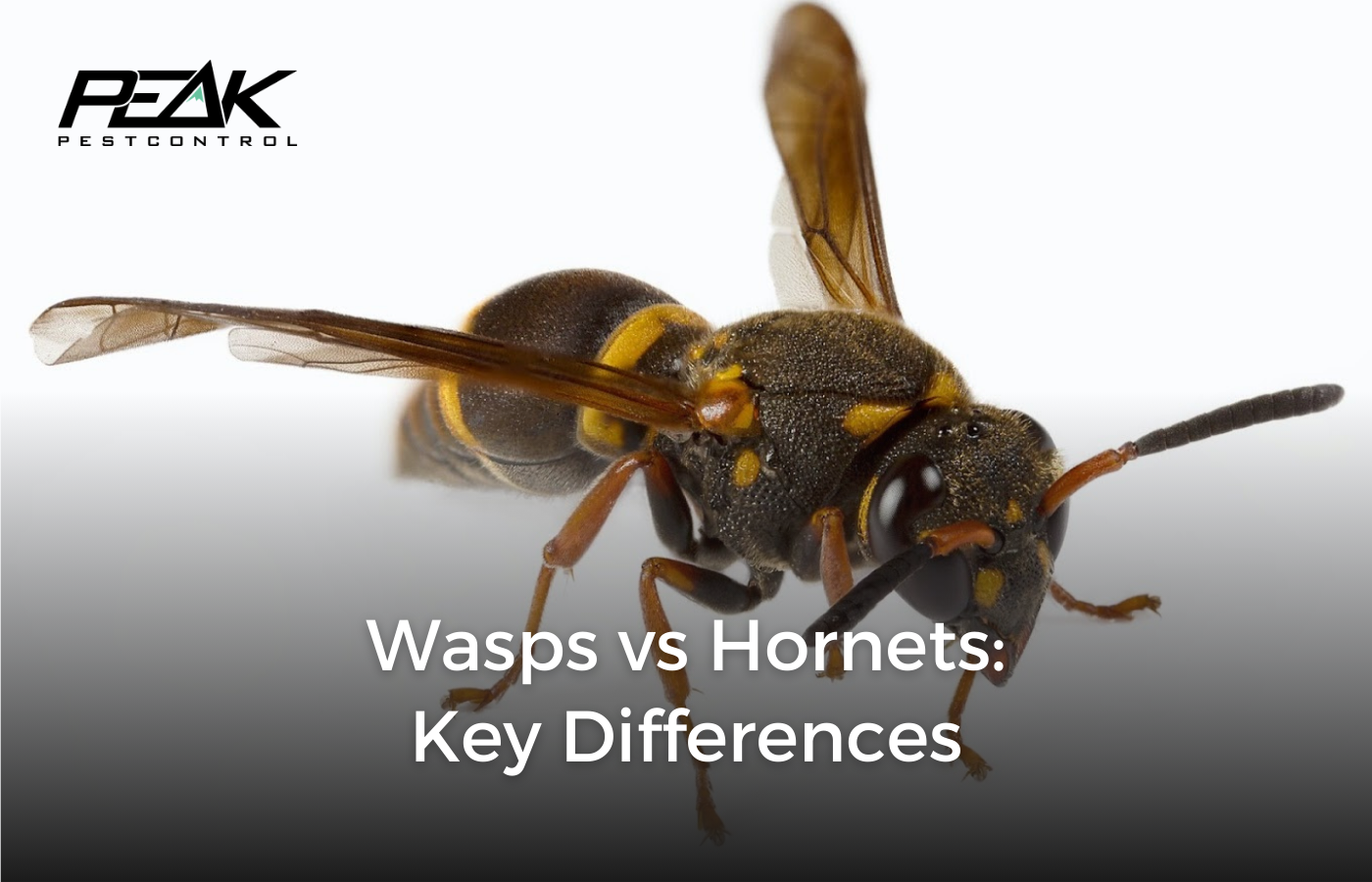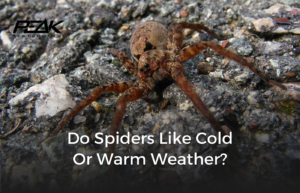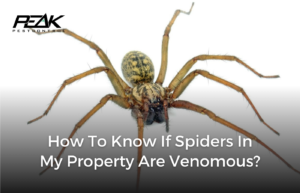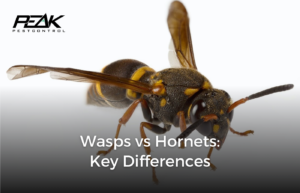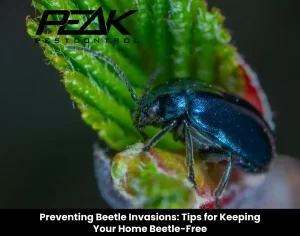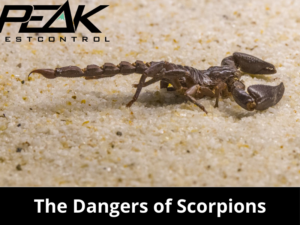When it comes to stinging insects, confusion often arises about the differences between wasps and hornets. Both belonging to the Vespidae family, these creatures share similarities that can make them hard to distinguish at first glance. However, understanding their unique traits is crucial for identifying them correctly and ensuring a safe coexistence. This blog post aims to clarify the key differences between wasps and hornets, focusing on their physical characteristics, nesting habits, and behavior.
Physical Characteristics
Size and Color
Wasps and hornets differ significantly in size and color. Generally, hornets are larger than wasps, with some species growing up to 2.2 inches in length. Hornets typically exhibit a more robust build and have a black and white or yellow and black color pattern. In contrast, wasps are slimmer and can display a variety of colors, including metallic green or blue, depending on the species.
Body Structure
The body structure of these insects provides another point of distinction. Wasps have a more pronounced waist, known as a petiole, connecting their thorax to their abdomen, which gives them a slender appearance. Hornets, while also having a petiole, possess a thicker waist, making their body structure appear more stout and less segmented.
Nesting Habits
Location and Appearance
Wasps and hornets have unique nesting habits, choosing different locations and materials. Wasps build nests in sheltered spots like eaves, attics, or underground using a paper-like substance from saliva and wood fibers. Hornets prefer high places like trees or buildings for their larger, football-shaped nests that are more enclosed and rounded.
Colony Structure
The structure of the colony also highlights differences between wasps and hornets. Wasps can live in colonies with fewer members, sometimes even leading solitary lives depending on the species. Hornets, however, typically form larger, more complex colonies. The social structure within hornet colonies is highly organized, with a clear hierarchy and division of labor among workers, drones, and the queen.
Behavior and Diet
Aggressiveness
A common concern regarding wasps and hornets is their level of aggressiveness. Hornets are generally considered more aggressive, especially when they perceive a threat to their nest. They are known to chase intruders for longer distances. Wasps, while they can be aggressive if provoked, are less likely to attack unless directly disturbed.
Feeding Habits
The diet of wasps and hornets also sets them apart. Wasps are predators, feeding on other insects such as caterpillars, flies, and spiders. They play a significant role in controlling pest populations. Hornets have a similar diet but are also attracted to sweet substances and can often be found near human habitats searching for sugary foods.
Wasp vs. Hornet: Identifying and Managing Their Presence for Safety
Understanding the differences between Wasps vs Hornets is key for safe identification and maintaining a safe environment at home or work. These insects are vital to ecosystems, but their proximity to human spaces can be an issue, especially when they nest nearby. Knowing whether you’re dealing with wasps or hornets is the first step in effective management.
At Peak Pest Control, we offer expert solutions for controlling and removing pests like wasps and hornets. Our team has the knowledge and tools to handle your concerns safely and efficiently, from inspections to nest removals.
Don’t let wasps or hornets disturb your peace. Contact Peak Pest Control for professional help. Together, we’ll ensure your space is safe and comfortable.

